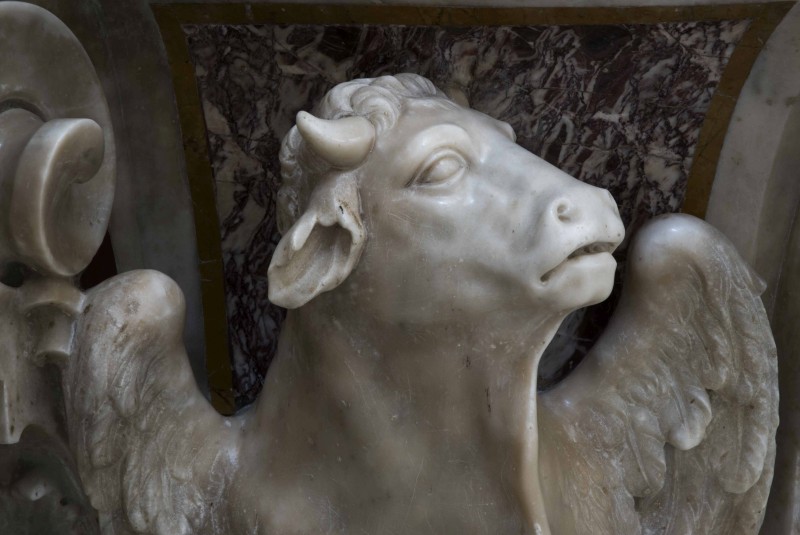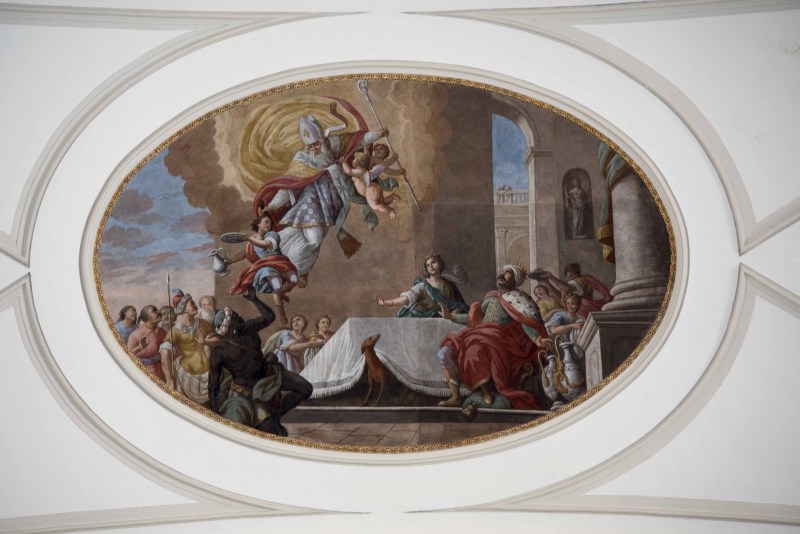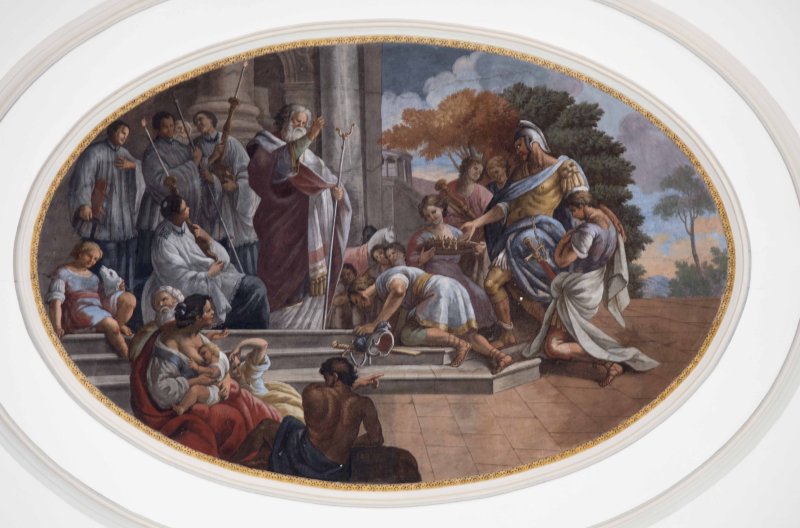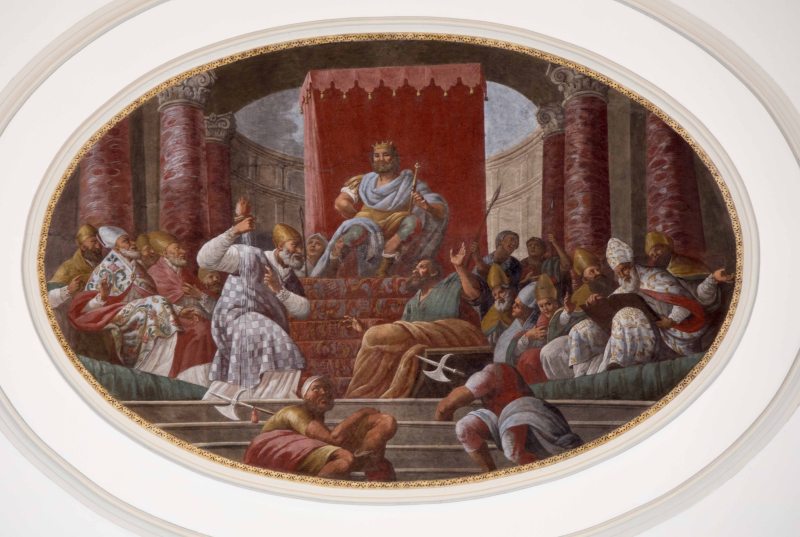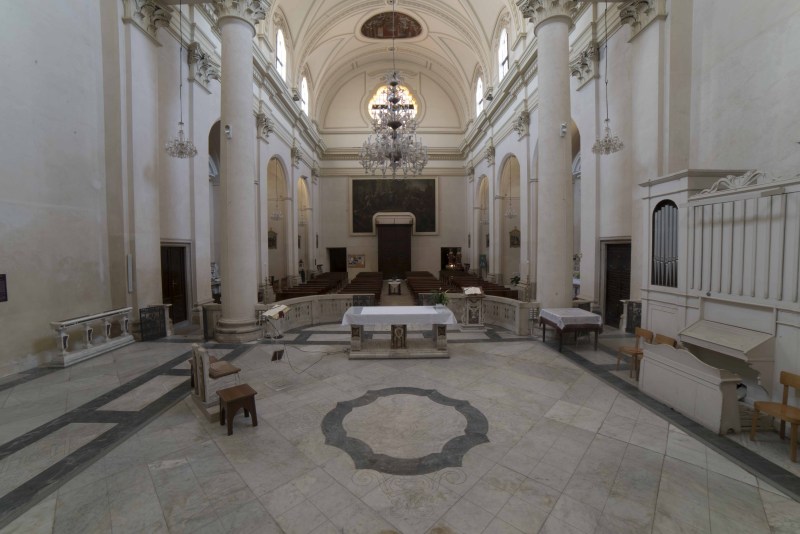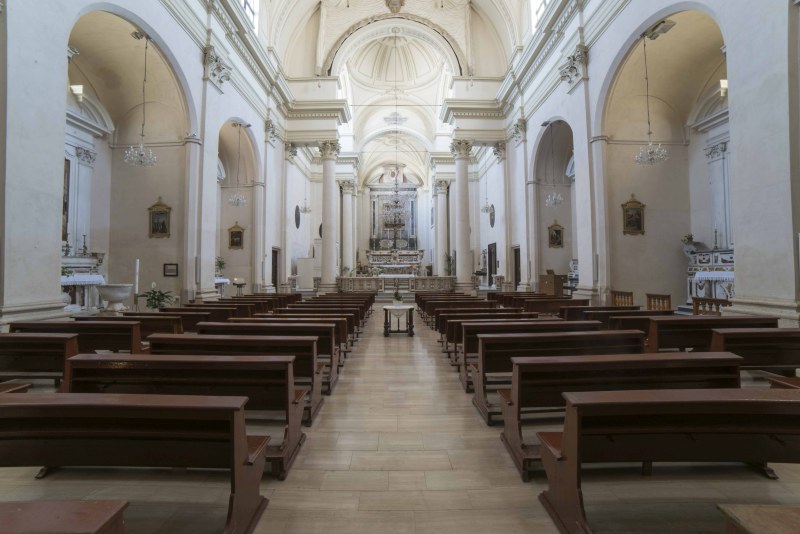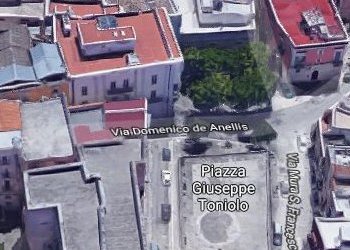CHURCH OF SAN NICOLA
It's one of the oldest churches in Andria. According to tradition, the story of its foundation is tied to that of the hamlet of Trimoggia (one of those rural nucleuses, whose fusion gave origin to Andre in the 11th century). Bishop Desiderio allowed the inhabitants of Trimoggia to move into the new fortified centre, in the quarter of S. Andrea. Here, in the lowest part of the medieval settlement a church dedicated to S. Nicola of Myra was built. A first enlargement of the church was carried out in 1349 by Bertrando del Balzo, Beatrice D'Angiò's husband.
Despite its early Norman origin, the present appearance of the building is given by the refurbishments carried out in the Baroque Age and in the 19th century. It consists of a single nave with six chapels on each side and a neoclassical-style facade featuring three portals. Exquisite polychrome marbles of baroque age decorate the church, also thanks to donations from the Carafa family, dukes of Andria from the 16th century to the Napoleonic age.
The church preserves several works, paintings and frescoes in the apsidal area, by painter Vito Calò from Molfetta (1744-1817), pupil of Corrado Giaquinto. The large canvas surmounting the inner door is attributed to the Campanian artist Sebastiano Conca (1680-1764). It represents the biblical episode in which Judas Maccabeus, king of Israel defeats and kills the Seleucid general Nicanor. The painting comes from the Basilica of S. Maria dei Miracoli and was granted to the church of S. Nicola by the king of Naples Joachim Murat. The church also preserves the processional silver bust of S. Nicola and a wooden crucifix from the 18th century.



